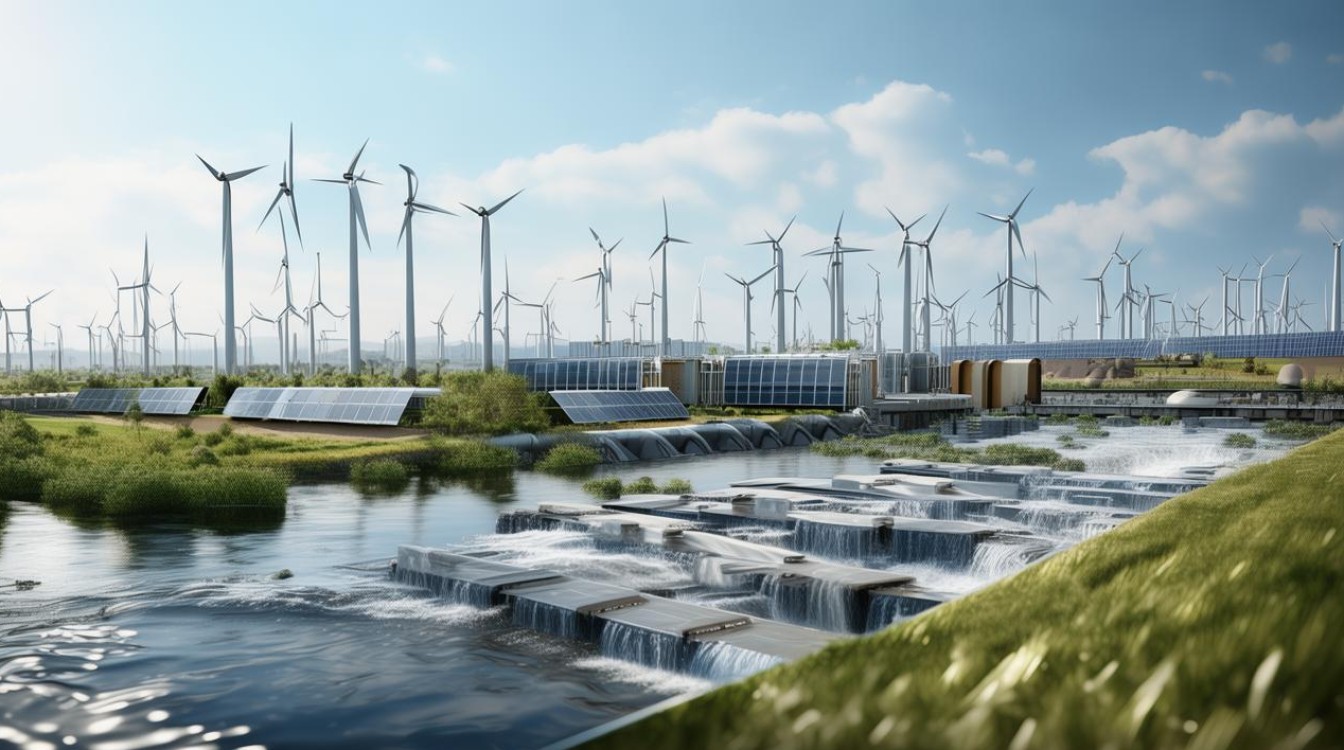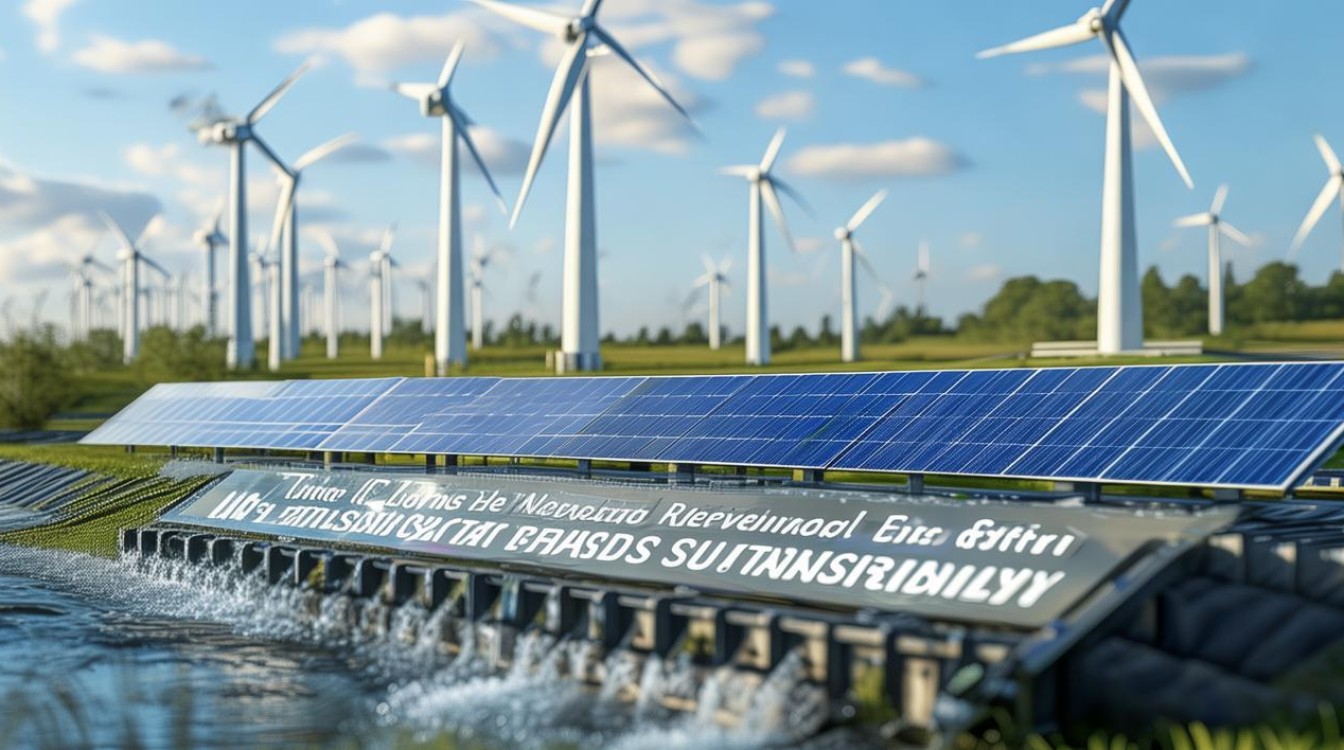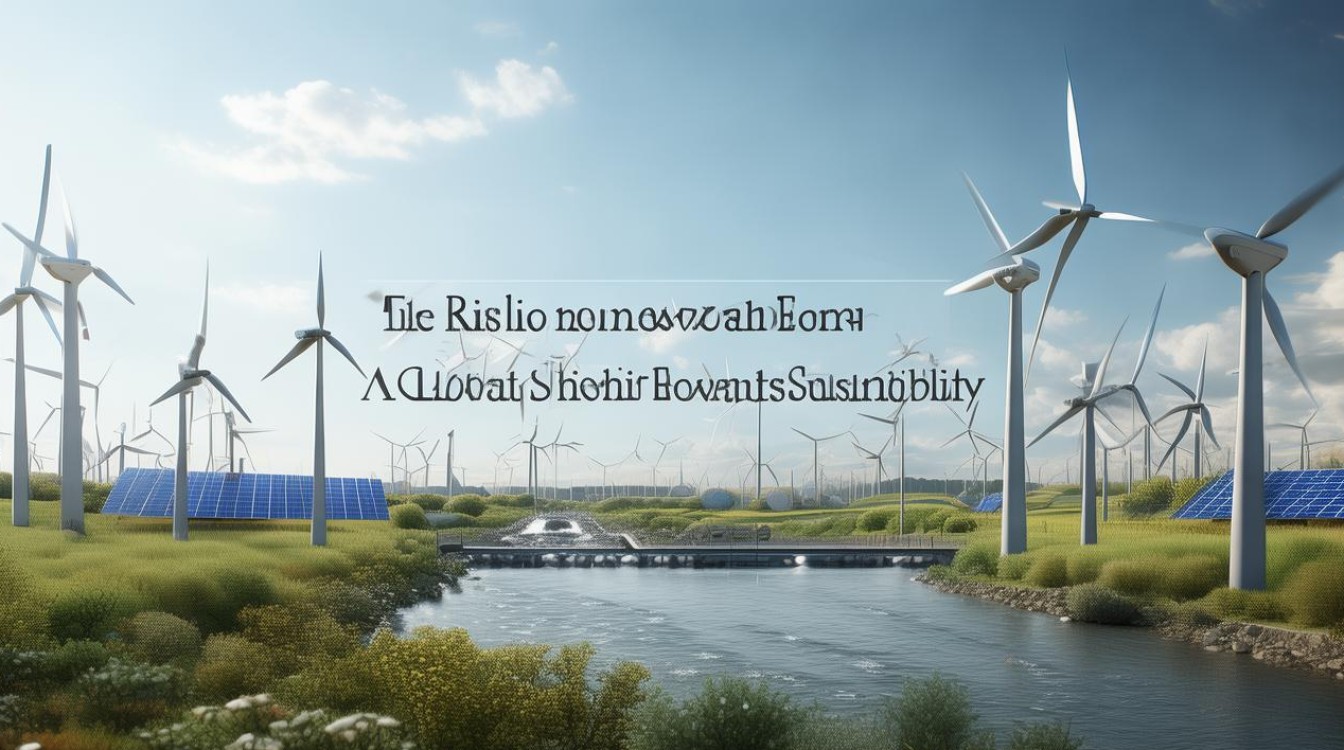The global energy landscape is undergoing a transformative shift as nations increasingly turn to renewable energy sources to combat climate change, reduce pollution, and ensure long-term energy security. Solar, wind, hydro, and other clean energy technologies are no longer niche alternatives but have become central to national energy strategies. This transition is driven by technological advancements, policy support, and growing public awareness of environmental issues.

The Current State of Renewable Energy
Renewable energy now accounts for nearly 30% of global electricity generation, with solar and wind power leading the charge. Countries like China, the United States, and Germany have made significant investments in renewable infrastructure, resulting in record-breaking installations of solar panels and wind turbines. The International Energy Agency (IEA) predicts that renewables will surpass coal as the largest source of electricity by 2025.
One of the key factors accelerating this shift is the declining cost of renewable technologies. Over the past decade, the price of solar panels has dropped by more than 80%, making solar energy one of the most affordable power sources. Similarly, wind energy costs have decreased by nearly 50%, further enhancing its competitiveness against fossil fuels.
Technological Innovations Driving Growth
Advancements in energy storage, particularly lithium-ion batteries, have addressed one of the biggest challenges of renewable energy: intermittency. Large-scale battery storage systems now allow excess energy generated during peak sunlight or wind conditions to be stored and used when demand is high. This breakthrough has made renewables more reliable and scalable.
Another promising development is green hydrogen, produced using renewable energy to power electrolysis. Green hydrogen has the potential to decarbonize heavy industries such as steel and shipping, which are difficult to electrify directly. Countries like Australia and Saudi Arabia are investing heavily in green hydrogen projects, positioning themselves as future leaders in this emerging market.

Policy and Economic Incentives
Government policies play a crucial role in accelerating renewable energy adoption. The European Union’s Green Deal aims to make the bloc climate-neutral by 2050, with substantial funding allocated for renewable projects. Similarly, the U.S. Inflation Reduction Act includes billions in subsidies for clean energy initiatives, encouraging private sector investment.
In developing nations, international organizations and financial institutions are providing funding to support renewable energy projects. The World Bank and the International Renewable Energy Agency (IRENA) have launched programs to help countries transition away from fossil fuels while ensuring energy access for underserved populations.
Challenges and Solutions
Despite rapid growth, the renewable energy sector faces obstacles. Grid infrastructure in many regions is outdated and unable to handle the fluctuating supply from renewables. Upgrading transmission networks requires significant investment, but smart grid technologies and decentralized energy systems offer viable solutions.
Another challenge is the reliance on rare earth minerals for wind turbines and batteries. Mining these materials raises environmental and ethical concerns. However, researchers are exploring alternative materials and improving recycling methods to reduce dependence on finite resources.

The Role of Public Awareness and Corporate Responsibility
Consumer demand for sustainable energy is pushing corporations to adopt cleaner practices. Major companies like Google, Apple, and Amazon have committed to powering their operations with 100% renewable energy. This corporate shift not only reduces carbon footprints but also drives further innovation in the sector.
Individuals also play a part by choosing green energy providers, installing rooftop solar panels, and advocating for stronger climate policies. Grassroots movements and youth-led initiatives are putting pressure on governments to take bolder action against climate change.
The Future of Renewable Energy
The transition to renewable energy is inevitable, but the speed of this shift depends on continued investment, innovation, and international cooperation. Emerging technologies like floating solar farms, offshore wind, and next-generation nuclear reactors could further revolutionize the energy sector.
As the world moves toward a low-carbon future, the benefits extend beyond environmental preservation. Renewable energy creates jobs, enhances energy independence, and fosters economic resilience. The choices made today will determine whether future generations inherit a sustainable planet or face escalating climate crises.

The shift to renewables is not just an environmental imperative—it is an opportunity to build a cleaner, more equitable energy system for all. The progress achieved so far demonstrates what is possible when technology, policy, and public will align toward a common goal. The next decade will be decisive in shaping the energy landscape of the 21st century.

